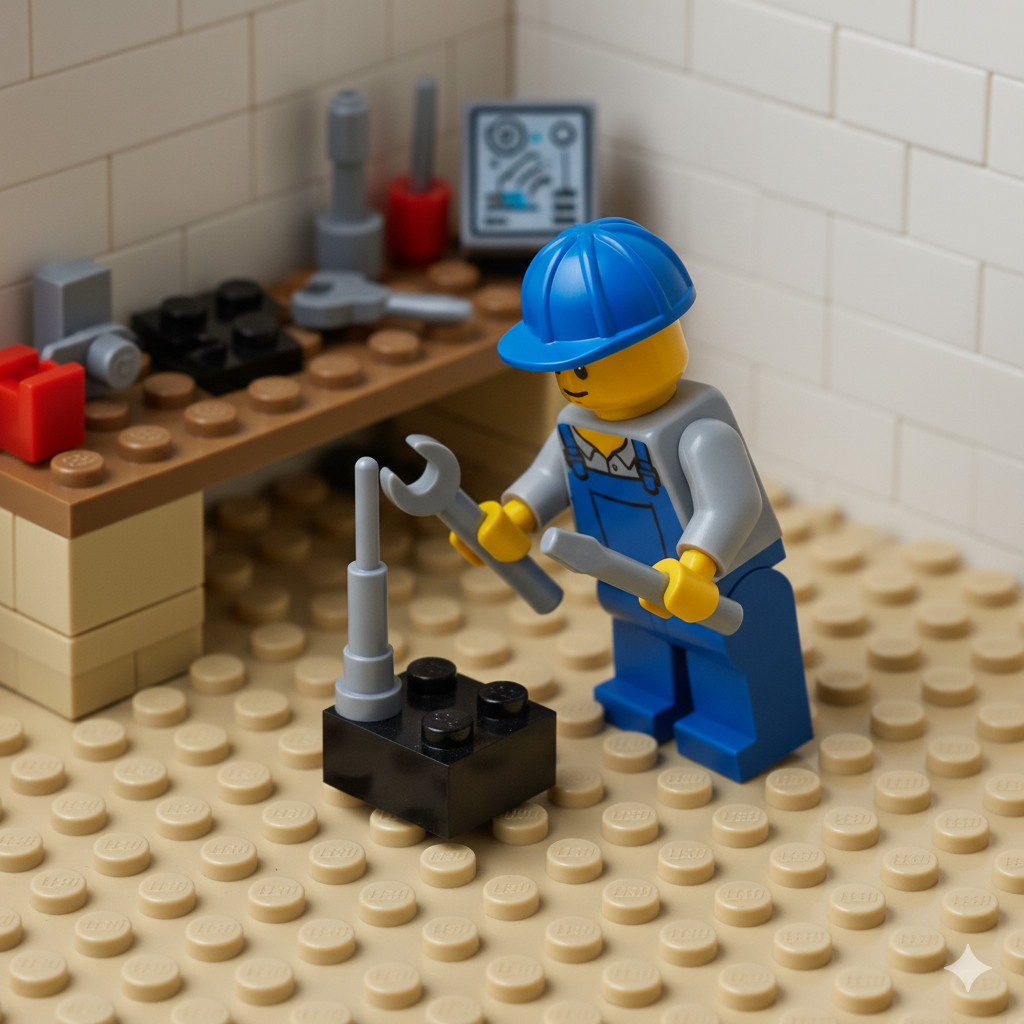Router Interference: Why Your Wi-Fi Drops Out in Apartment Complexes

Table of Contents
If you live in Kirksville, you’ve probably noticed your Wi-Fi acting weird at certain times — Netflix buffers, calls glitch, smart plugs vanish like they’ve entered the Twilight Zone.
Nine times out of ten, it’s not your router dying. It’s interference.
What’s Causing It?#
Routers share open airspace. If your apartment walls can’t stop sound, they definitely can’t stop radio waves. In dense neighborhoods — especially college housing — your 2.4GHz Wi-Fi band is like a crowded freeway.
Here are the usual culprits:
- Neighbor routers on overlapping channels (the #1 cause)
- Bluetooth devices (headphones, controllers, smart speakers)
- Microwaves — yes, seriously
- Cordless phones (still out there, running 2.4GHz)
- Baby monitors and wireless cameras
- Cheap smart bulbs and plugs
All of these chatter on the same frequencies your router uses to talk to your devices.
Why It’s Worse in College Areas#
Kirksville’s apartments are often packed with students — meaning dozens of routers in a small radius. Each router tries to grab its own “channel,” but many overlap, creating a constant background hum of interference.
Even brand-new routers struggle when surrounded by 20 others shouting at the same time.
The Simple Fix: Change Your Channel#
Most routers default to “Auto,” which is often lazy auto. It picks a channel once, never adjusts, and eventually overlaps with everyone else.
The fix:
- Log into your router. (Usually
192.168.0.1or192.168.1.1in your browser.) - Find the Wireless Settings or Wi-Fi Settings section.
- Locate the Channel setting — it’s usually set to “Auto.”
- Manually choose 1, 6, or 11 (these are the only non-overlapping 2.4GHz channels).
Test each channel. One will almost always perform better than the others.
How to Know Which Channel Is Best#
Use a Wi-Fi analyzer app — they’re free on Android and Windows. (Apple limits scanning on iPhone, but you can use your Mac’s Wireless Diagnostics tool.)
Look for the least crowded channel graph. If everyone’s on Channel 6, move to 1 or 11.
💡 Pro tip: If your router supports 5GHz or 6GHz, move your main devices there. Those bands are faster and far less congested in apartment zones.
In Summary#
- Wi-Fi interference isn’t black magic — it’s physics.
- Most apartment Wi-Fi problems in Kirksville come from channel overlap.
- Pick a clean channel, or upgrade to a dual-band router.
If your router still acts haunted after that — that’s where I come in.
Logged from the field — Switchboard Tech Services